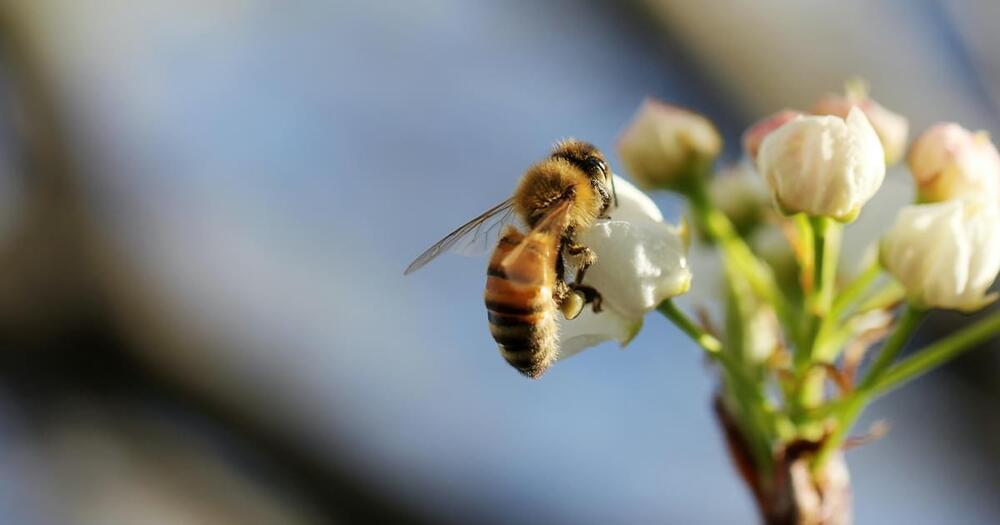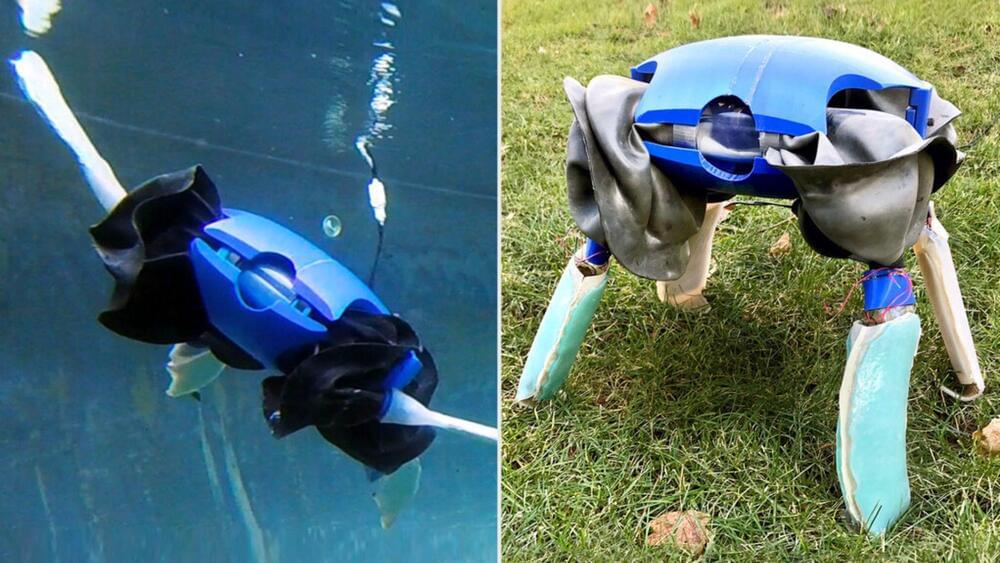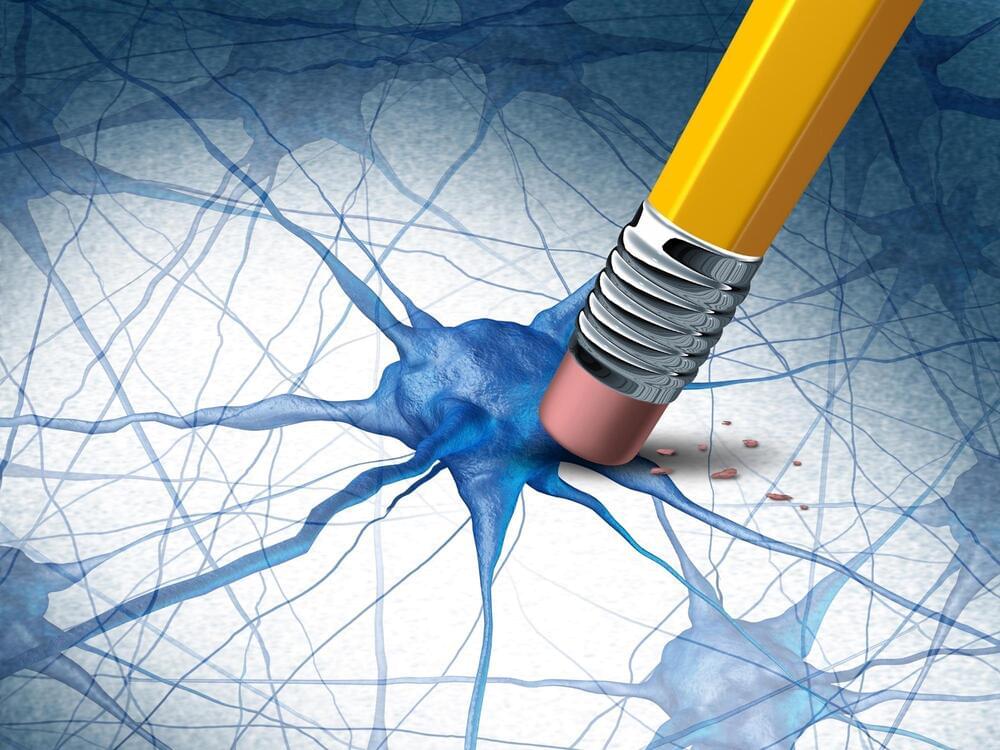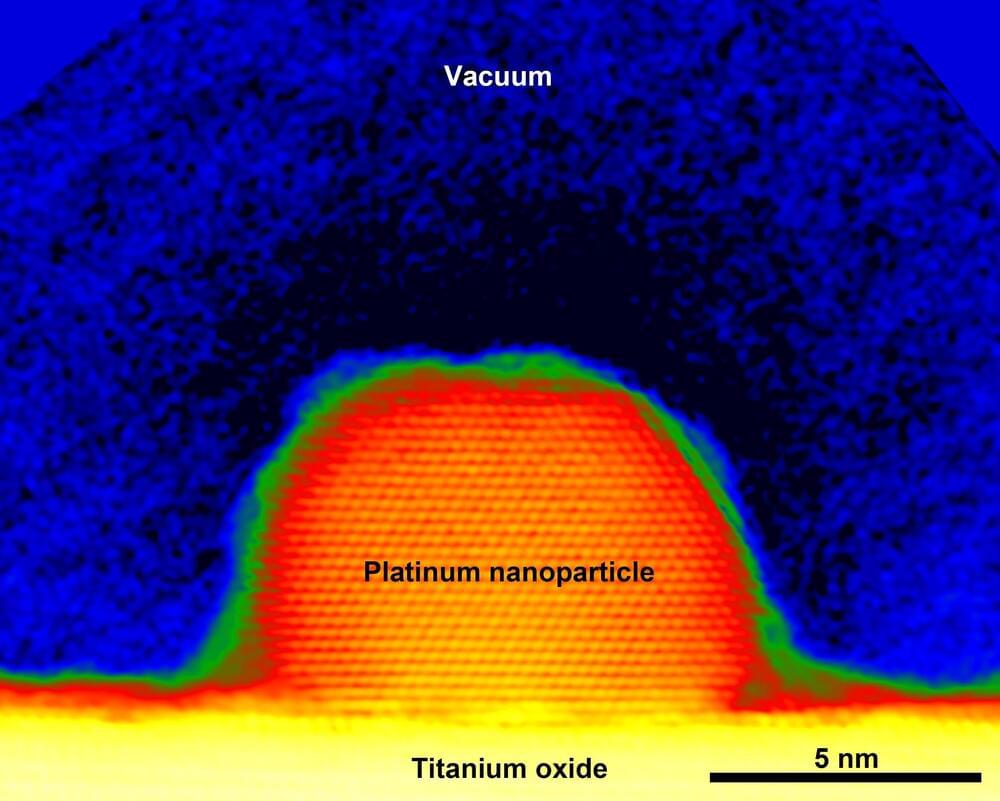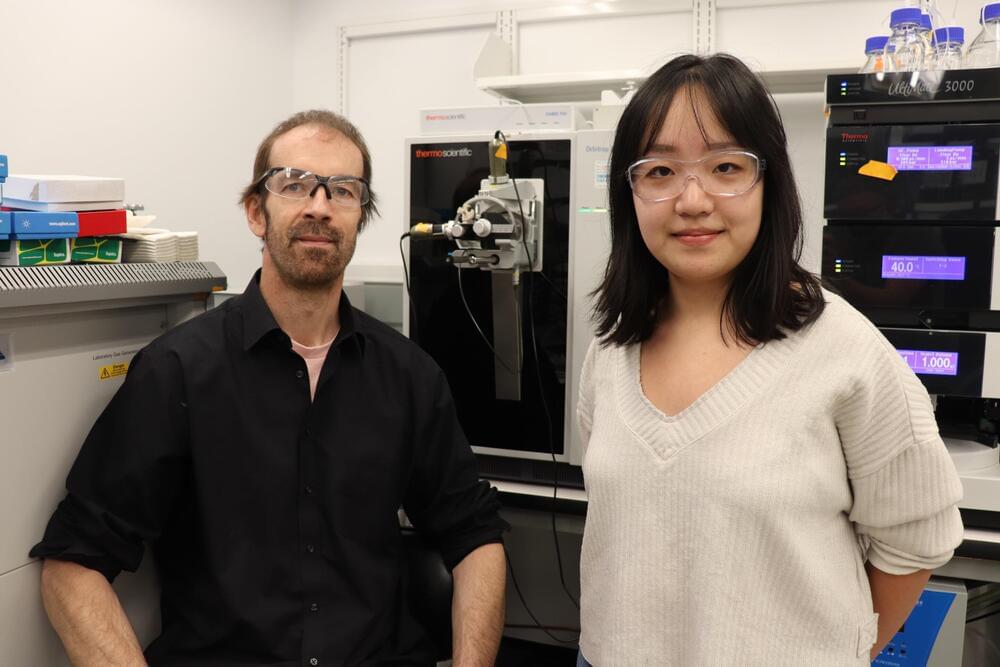Immunizing bees against pesticides.
‘We wanted to develop a strategy to detoxify managed pollinators and found we can do it by incorporating it into their food, senior author Minglin Ma, a biomaterials engineer at Cornell University told Chemistry World.
“Managed bee colonies are constantly in need of being replenished due to losses. This relieves the stress for beekeepers to meet the ever-increasing demand for pollination,” James Webb, also a co-author of the study, told Salon by email.
The pollen-like particle: The team created a pollen-sized microparticle with an enzyme designed to detoxify organophosphate pesticides. Usually, the bee’s crop (stomach) would break down the enzymes. But the researchers created a protective shell that allows it to pass through the crop unscathed.
